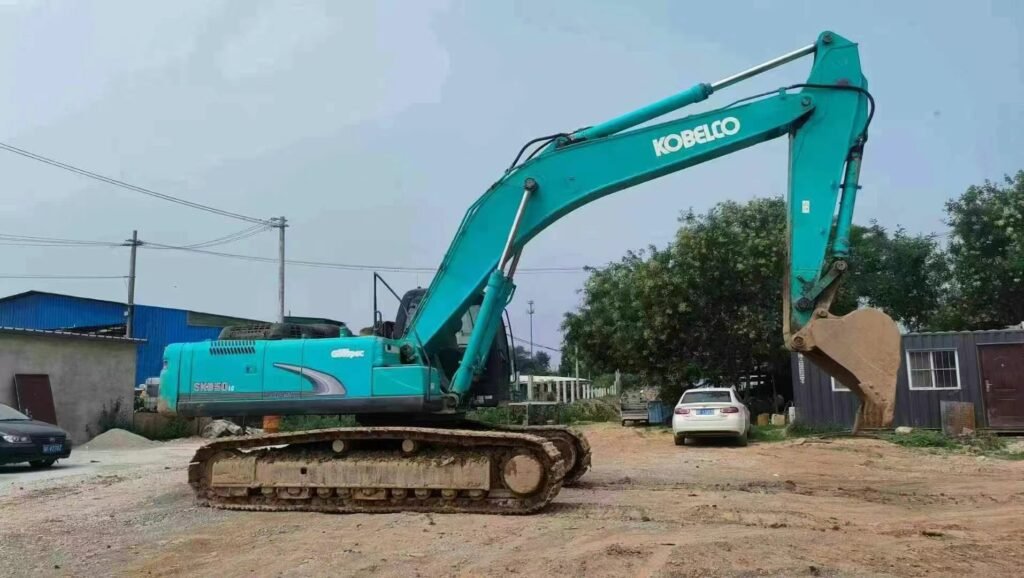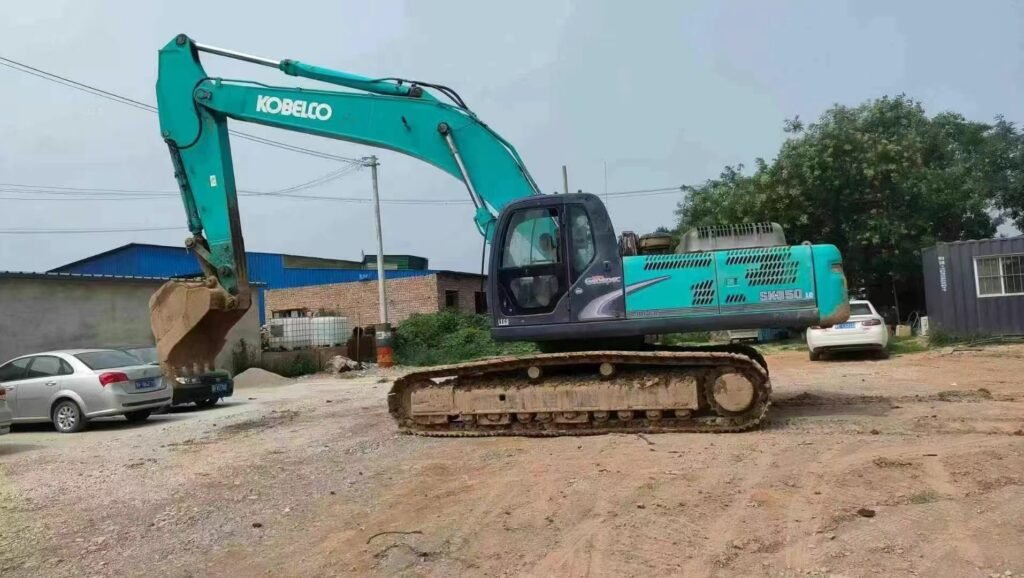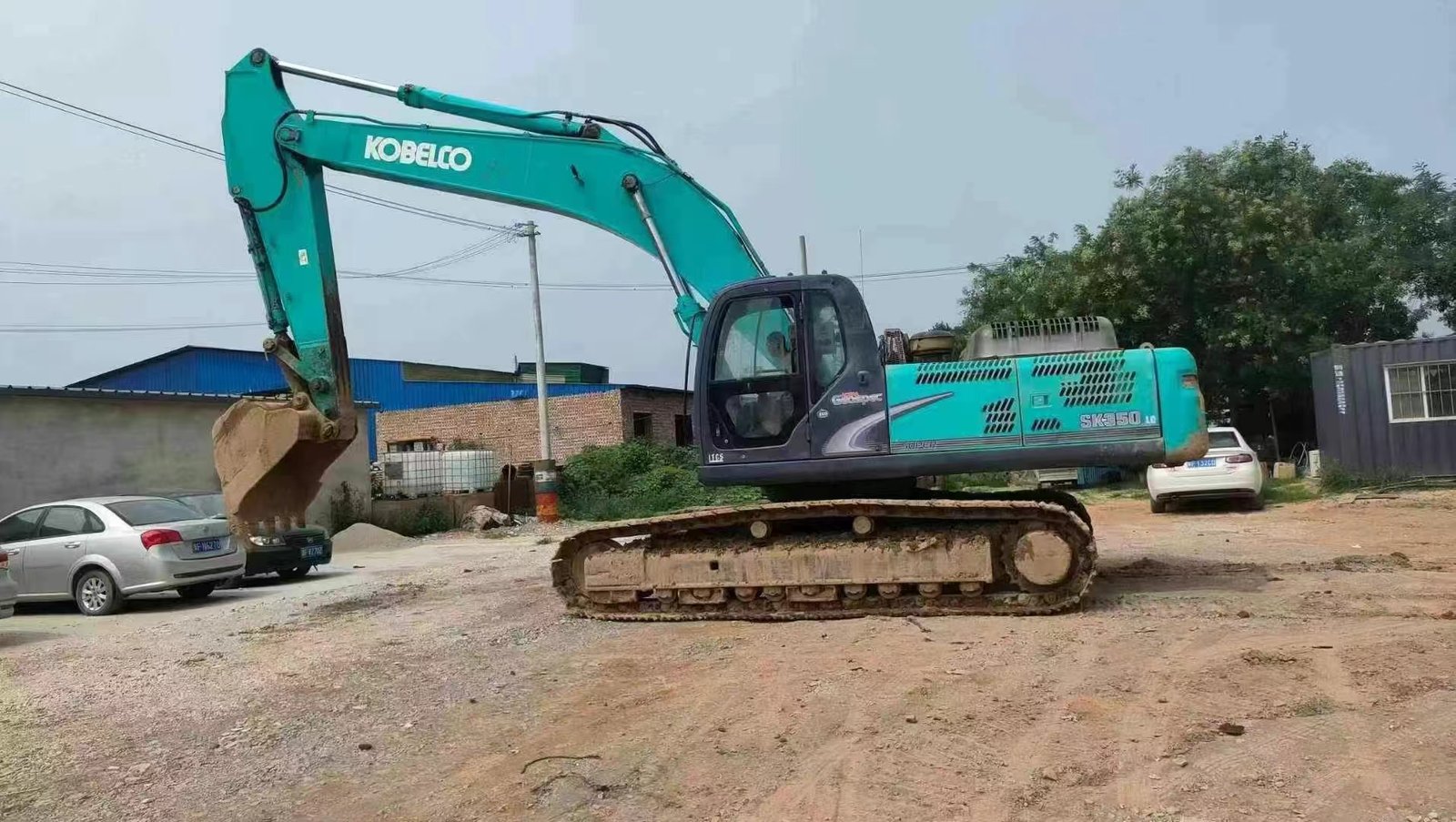I. Introduction
A. Current Market Status of Second-Hand Excavators
In the current economic environment, second-hand excavators have gained popularity among businesses due to their lower purchase costs and good performance. With the increase in construction and infrastructure projects, the second-hand excavator market is expanding, becoming the primary equipment choice for many small and medium-sized enterprises.
B. Importance of Choosing the Right Equipment
Selecting the right excavator is crucial for improving work efficiency and reducing operational costs. An incorrect choice may lead to decreased efficiency, frequent equipment failures, and additional repair costs. Therefore, understanding how to choose a second-hand excavator that meets project requirements is essential.
II. Assessing Project Needs
A. Project Type and Scale
Before selecting an excavator, it is essential to clarify the nature of the project. For instance, earthmoving projects may require a larger bucket capacity and robust power, while urban construction might prioritize equipment flexibility and adaptability. The project scale also influences the choice of excavator; small projects may only need a compact excavator, while larger projects require more powerful machinery.
B. Working Environment
The characteristics of the working environment significantly affect the choice of excavator. For example, in mountainous or rough terrains, the excavator needs strong climbing ability and stability. In contrast, working in confined urban spaces requires compact and maneuverable equipment. Additionally, climate conditions can impact equipment performance, as extreme temperatures may necessitate greater durability.
III. Key Parameters of Excavators
A. Power and Performance
The engine power and hydraulic system performance of an excavator directly determine its work efficiency. When selecting, consider factors such as horsepower, fuel consumption, and the flow and pressure of the hydraulic system to ensure they meet project demands.
B. Operating Weight
Excavators of different operating weights are suitable for various work scenarios. Light excavators are ideal for small projects and confined spaces, while heavy excavators are more suitable for large earthmoving and construction tasks. Understanding the applicable scenarios for each weight category helps in making an informed choice.
C. Bucket Capacity
The bucket capacity directly affects excavation efficiency and material handling capability. A larger bucket capacity can enhance work efficiency but may also impact the equipment’s flexibility. Choosing the right bucket capacity based on project requirements can significantly improve productivity.

IV. Understanding Excavator Models
A. Characteristics of Different Brands and Models
Major brands in the market, such as Caterpillar, Hitachi, and Volvo, each have unique features and advantages. For example, Caterpillar is known for its durability and strong after-sales service, while Hitachi is recognized for its advanced technology and efficient hydraulic systems. Understanding the characteristics of various brands aids in selecting equipment that meets specific needs.
B. Recommended Common Models
Based on different requirements, recommend several popular second-hand excavator models. For small-scale projects, a compact excavator like the Caterpillar 304E may be suggested, while larger earthmoving projects might benefit from models like the Caterpillar 320D. Select models according to project demands and budget.
V. Inspection and Evaluation of Second-Hand Excavators
A. Mechanical Condition Check
When purchasing a second-hand excavator, checking the mechanical condition is crucial. Inspect key components such as the engine, hydraulic system, tracks, and bucket for wear and tear to ensure the equipment is in good working condition. Additionally, checking the cleanliness of oil fluids and their replacement history helps assess maintenance practices.
B. Usage Records and Maintenance History
Reviewing the equipment’s usage records and maintenance history can provide insight into its operational status and upkeep. A good maintenance record typically indicates that the equipment has been well cared for, reducing the likelihood of issues.
VI. Budget and Cost Considerations
A. Price Range Analysis
Analyzing the price ranges of different models and specifications of second-hand excavators helps businesses establish a reasonable budget. Determine a fair purchase price based on market trends, equipment condition, and brand reputation.
B. Operating Cost Assessment
In addition to purchase costs, operating costs are another crucial factor for companies to consider. This includes fuel efficiency, maintenance expenses, and insurance costs. Understanding these expenses helps businesses evaluate the overall economic viability of the equipment.
VII. Purchasing Channels and Process
A. Reliable Purchasing Channels
Choosing trustworthy channels for purchasing second-hand excavators is vital. It is recommended to buy through authorized dealers, auction markets, and reputable online platforms to ensure equipment quality and after-sales support.
B. Purchasing Process
Detail the steps for purchasing a second-hand excavator, including consultations, on-site inspections, equipment testing, and transaction completion. Understanding the entire process helps ensure that the purchased equipment meets expectations and avoids future issues.
VIII. Conclusion
A. Making Informed Choices
Summarize the key factors in selecting the right second-hand excavator, emphasizing the importance of assessing project needs, understanding equipment parameters, and inspecting equipment conditions. This guide assists businesses in making informed purchasing decisions.
B. Recommendations for Ongoing Support
Provide recommendations for ongoing services and support, including regular maintenance, operation training, and technical assistance to ensure proper use and maintenance of the purchased equipment, thereby extending its lifespan.



